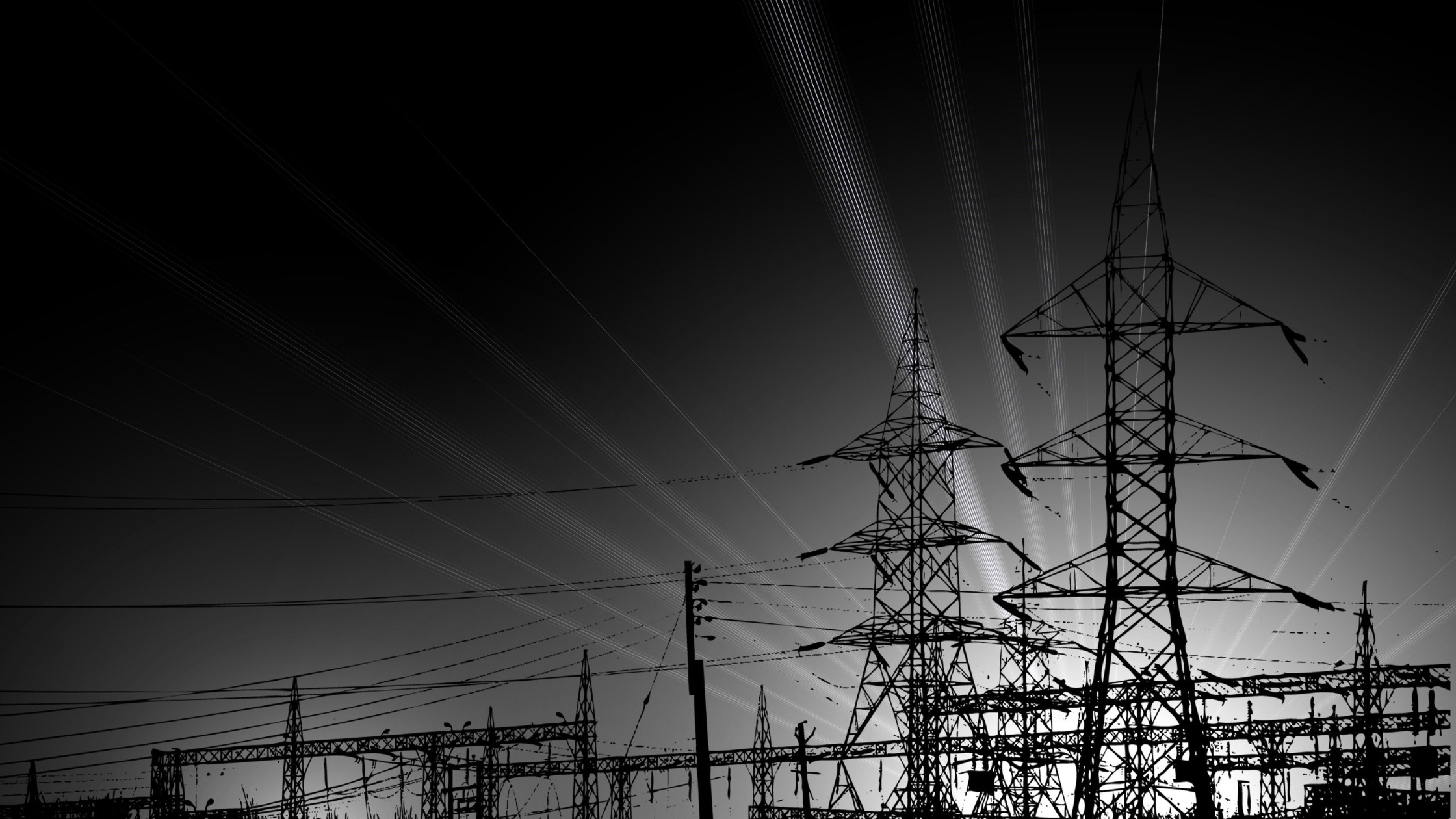
Power quality isn’t some abstract problem for engineers to fuss over; it’s a real threat to your bottom line. I’ve spent decades working with manufacturers, RV builders, and plastics folks here in northern Indiana, and I’ve seen what happens when businesses assume their utility’s got their back. Spoiler: they don’t. Utilities are in the business of delivering power, not ensuring it’s clean and reliable for your equipment. And if you’re not paying attention, you’re rolling the dice on catastrophic losses, downtime, and angry customers.
The Hard Truth About Power Quality
Utilities, especially the investor owned ones like Nipsco, are regulated by the state, but don’t let that fool you into thinking they’re customer focused. They’re driven by investor returns at near 10%, which is a heck of a lot higher than most businesses their size. When you call them about a voltage spike frying your motors, their default move is to send a tech out for a quick check, declare “no problem,” and leave you holding the bag. I’ve seen this play out too many times. Just last year, a manufacturer in Elkhart took an $800,000 hit because of high voltage issues. They’d warned the utility months in advance, but the utility’s “instantaneous” tests found nothing. When the equipment finally blew, the utility retapped a transformer (basically admitting fault) but claimed they had no records. The customer’s insurance? Denied most of the claim because they didn’t report the loss fast enough and lacked hard data.
That’s not a one-off. Another manufacturer, this one in South Bend, dodged a bullet when our monitoring caught a phase loss after hours. If that had happened during production, their motors would’ve been toast. These aren’t small stakes: motors, robotics, CNC machines, you name it, they’re all vulnerable. And it’s not just equipment damage. Poor power quality can shave years off a motor’s life. A 250-horsepower motor, worth $200,000, might lose 25% of its lifespan because of voltage fluctuations. That’s a silent, stealthy cost you don’t see until it’s too late.
The Ripple Effect
The damage doesn’t stop at your factory floor. Let’s say you’re an RV manufacturer in Elkhart, plugged into a just-in-time supply chain. A power quality event halts production, and suddenly you’re late on deliveries. Your customer, maybe a big dealership, drops you for a competitor. Or worse, you produce out-of-spec parts because your precision machinery got knocked out of whack.
And don’t get me started on transformers. These are the weak link in the power delivery chain, sitting right outside your building. Utilities slap them in and let them run to failure. A 250kVA transformer can cost $100,000 to replace, and if it burns out, you’re looking at weeks or months of downtime. I’ve seen transformers running at 150% of their design load, and the utility didn’t even know. Why? Because they don’t monitor them. And if you add load to your system without telling them, they’ll point the finger at you when it fails. It’s a rigged game unless you take charge.
The Biggest Misconception
Here’s where most businesses get it wrong: they think they’re helpless. They believe the utility’s got all the power (pun intended), and there’s nothing they can do. That’s flat-out wrong. You have rights. The utility’s terms and conditions spell out what they owe you, but they bank on you not reading the fine print. You can hold them accountable, but only if you’ve got the data to back it up. That means monitoring your power quality, keeping records, and notifying the utility when things go sideways. Without that, you’re just shouting into the wind.
The Grid’s Only Getting Worse
If you think this is a problem you can ignore, think again. I’ve been working with Indiana’s grid since 2010, and power quality’s on a downward slide. Utilities are pouring billions into renewables—Nipsco dropped $2 billion on solar farms and batteries last year alone... but they’re not fortifying the grid to handle growing demand. Businesses in places like Bristol or Shipshewana, at the edge of the grid, are getting hammered with voltage spikes. One manufacturer in Middlebury’s equipment is constantly taking a beating because the power’s so unreliable out there. Meanwhile, new businesses can’t even set up shop in these areas because the capacity’s not there. In a recent rate case, one of our clients documented $50 million in losses tied to power quality. That’s not pocket change.
What You Can Do About It
So, what’s the play? First, wake up to the reality that power quality’s your problem, not the utility’s. You wouldn’t let a supplier deliver subpar raw materials, so why let your energy supply chain slide? Here’s how to start:
- Get Proactive: Stop reacting to power issues after the fact. Treat energy like any other supply chain: manage it with the same diligence you apply to your materials or logistics.
- Monitor Your Power: Install power quality monitoring equipment. It’s like an insurance policy. You’ll see voltage spikes, phase losses, and other issues in real time, and you’ll have the data to make a case to the utility or your insurer. It’s not cheap, but neither is an $800,000 loss.
- Know Your Transformer: Check the load on the transformer outside your building. If you’ve added equipment, tell the utility so they can adjust it. Don’t let it run to failure.
- Understand Your Rights: Dig into the utility’s rate book. It’s dry reading, but it lays out what they’re obligated to provide. If they’re bullying you into accepting subpar service, call them out.
The Competitive Edge
Here’s the kicker: managing power quality isn’t just about avoiding losses; it’s about getting ahead. In competitive industries like RV manufacturing or metal processing, the business that keeps its lines running when others are down wins. If you’re delivering on time while your competitors are scrambling, you’re the one landing contracts. Monitoring your power quality gives you that edge. It’s not just risk management; it’s a strategic move.
Take the First Step
You don’t need to overhaul your whole operation overnight. Start small: get a power quality assessment. At Tactical Energy Group, we offer free consultations to help you understand your risks and map out a plan. It’s a no-brainer. Don’t wait for a voltage spike to wipe out your equipment or a transformer to leave you dead in the water. Take control of your energy supply chain today, because nobody else will.





